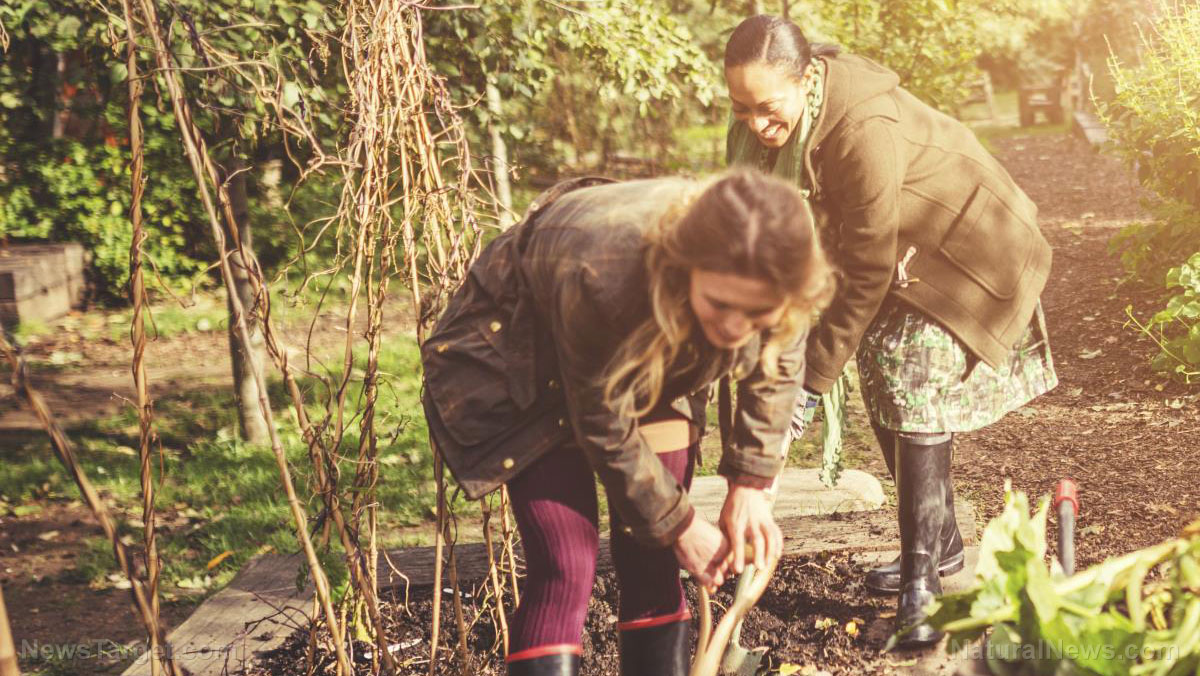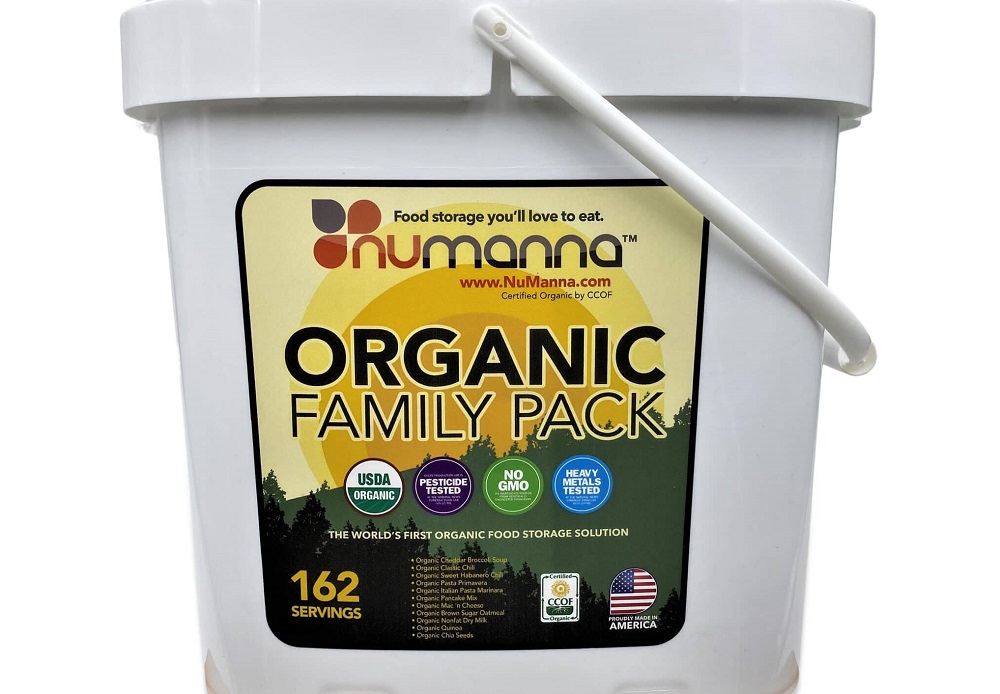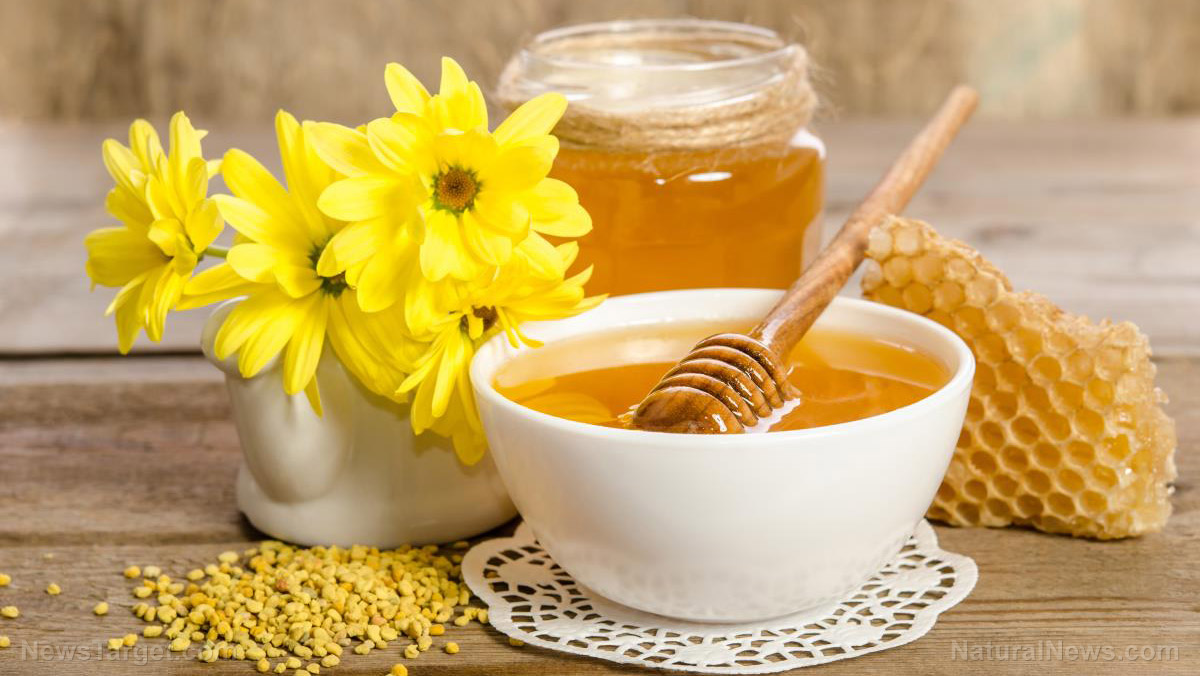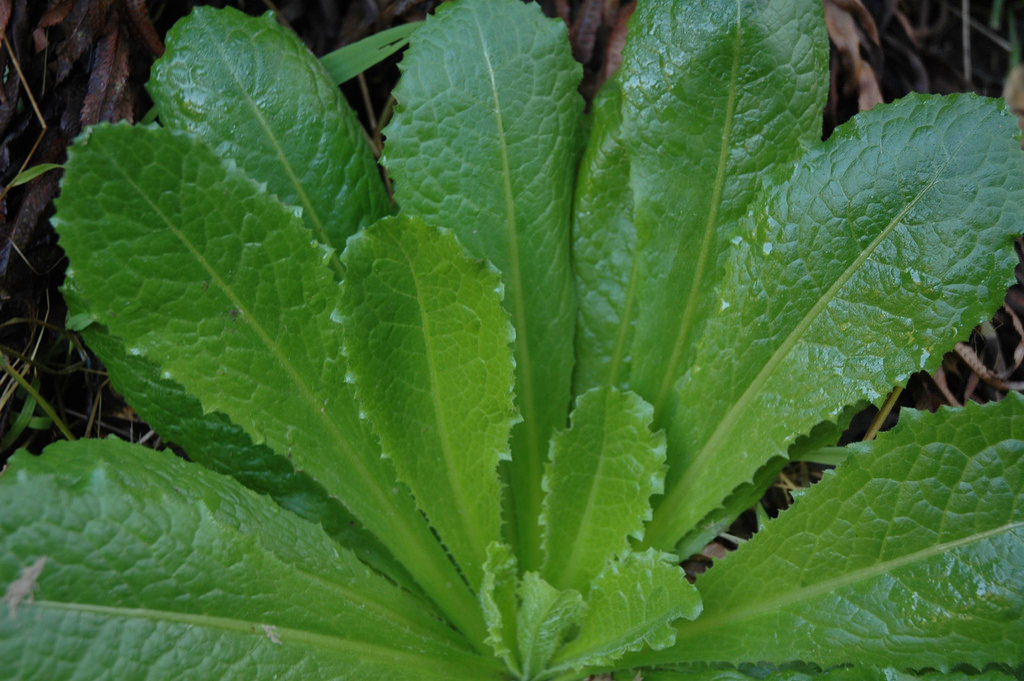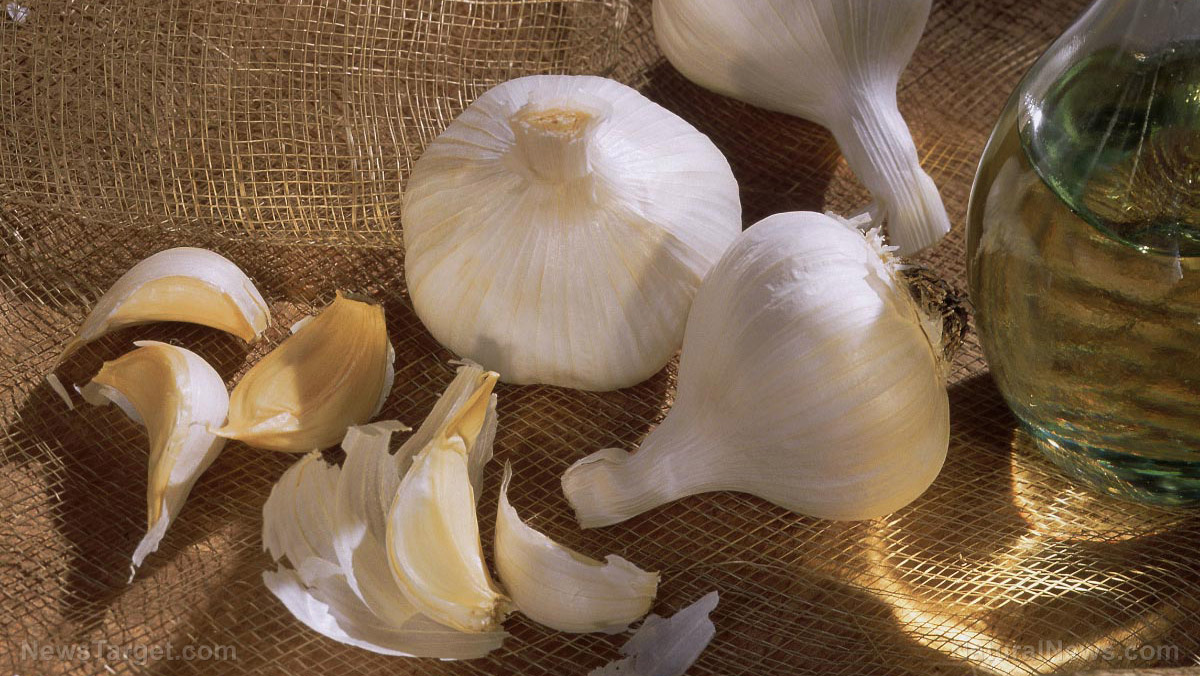Food preservation techniques used by different cultures around the world
11/09/2022 / By Olivia Cook
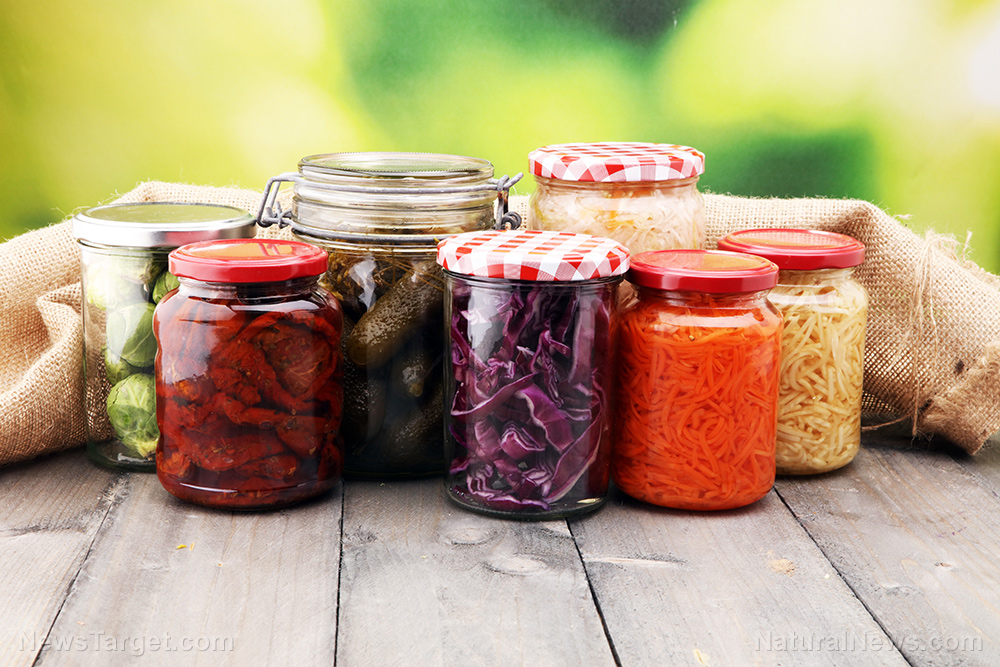
Preserving food naturally can help increase your food supply and reduce food waste. If you wish to learn how to prolong the shelf life of foods in your stockpile, you can look at food preservation techniques used by people from different places. Here are some of the ways people from different cultures keep their foods fresh for long periods.
Native Americans
Corn and meat are the most common staple foods, since farms could produce them in large quantities. Corn could be stored in several forms: kept in cribs while still on the cob, shelled or ground into cornmeal.
To keep meat all winter and most of the summer, meanwhile, Native Americans hang hams and other large pieces of meat in a small building (a smokehouse) to cure with salt through several weeks of exposure to a low fire with a lot of smoke. The smoke helps keep bacteria-carrying insects away during the drying process.
Some “salt down” their meat by placing them on a layer of salt to draw the moisture out of the meat to stop the process of rotting and covering them with more salt, sometimes mixed with pepper and brown sugar. Native Americans use coarse salt and water mixtures (also called brining) to preserve and season food while enhancing tenderness.
Others created different flavors and preserved fruits, vegetables, meat and fish by pickling. Early North Carolinians preserved certain types of beans by drying them in their pods, stringing them up on thread to hang in warm dry areas or by the fireplace to remove moisture. Beans prepared using this method is called “leather britches” or “shuck beans.” Rehydrated and cooked, the beans are tender, rich and velvety, and the skins take on the texture of silk and nearly dissolve on the tongue.
“Holing in” is another food preservation technique used by Native Americans. It is done by digging pits, lining them with sawdust or straw, placing harvested food stuff in the pits, covering them with sawdust or straw and finally topping the pits with boards or tins.
Mongolians
During the celebration of the World Environment Day 2013, the United Nations Environment Program (UNEP) and the United Nations Food and Agricultural Organization (FAO) spotlighted “bortsloh” (air-drying) – a specific method of preserving the quality of meats over months (or even years) without refrigeration. This suits the nomadic lifestyle of Mongolians and their local climactic conditions.
To prepare “borts,” fresh meat is cut into long, thick strips and hung on strings under the roof of traditional portable, round tents covered with skins or felt and used as a dwelling by several distinct nomadic groups in the steppes of Central Asia where the air is free to circulate. After about a month, the dried meat strips shrink significantly, turn into small, wooden-like sticks and are broken into small pieces or ground to a coarse and fibrous powder for easy and convenient storage in linen bags that allow contact with air.
South Americans
In many countries in South America, potatoes are alternately exposed to the freezing night air and hot daytime sun for about five days and then trampled to squeeze out all moisture to make a freeze-dried potato delicacy known as “chuño,” which can last for months and years.
Africans
A dry granular foodstuff called “garri” is produced from cassava tubers that are peeled, washed, sliced, grated, placed in porous bags and allowed to ferment as the weights press out the water before the resultant mash is ground, sieved and roasted for long-term storage.
Ancient Egyptians
Ancient Egyptians preserved their mammalian, piscian and avian meat resources to provide them a supply of protein for lean times through drying, salting (dry and wet), smoking, pemmicaning, using fat, beer or honey curing or a combination of any of these methods. (Related: 4 ways to preserve meat in a survival situation.)
Asians
The Chinese carefully handed down their knowledge of food preservation methods as a living culture. Hence, they are ever ready in the event of hardship or scarcity. Food is preserved by drying, pickling, salting, smoking, steeping, sugaring, steeping or soaking in many kinds of soy sauces. The whole range of food involved includes eggs, fruits, grains, meats, vegetables and everything else. (Related: Food supply tips: 9 ways to preserve meat at home.)
Koreans, on the other hand, tend to use blanching, boiling, fermenting, pickling and seasoning to preserve their agricultural produce and enrich food flavors.
Visit FoodSupply.news for more stories like this.
Watch this video to learn more about the benefits of preserving food through freeze-drying.
This video is from the Health Ranger Store channel on Brighteon.com.
More related stories:
Prepping skills: 15 food storage and preservation methods to learn before SHTF.
Food storage 101: DIY pickling tips and tricks.
Slice and peel: The basics of food dehydration.
Sources:
Submit a correction >>
Tagged Under:
brining, emergency food, Food Preservation, Food storage, food supply, green living, leather britches, pickling, preparedness, prepping, preserving fruits, preserving meat, salt-curing, salting, shuck beans, smoking, sugar curing, survival, tips
This article may contain statements that reflect the opinion of the author
RECENT NEWS & ARTICLES
COPYRIGHT © 2017 PREPAREDNESS NEWS






